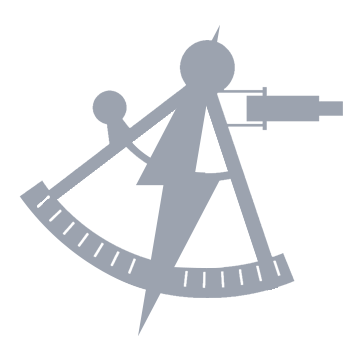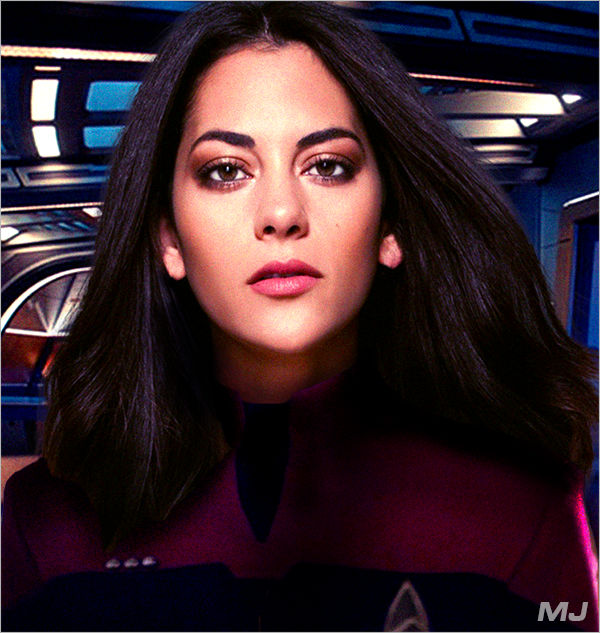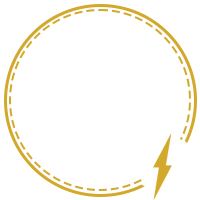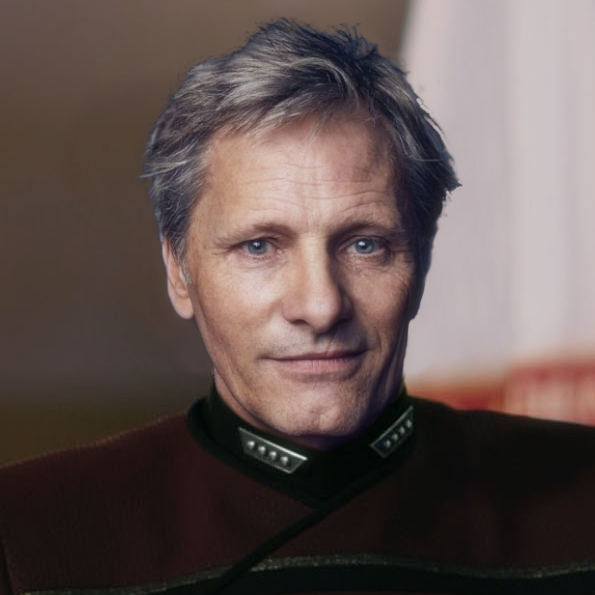The unassuming science lab was silent, save for the whir of the centrifuge. The rest of the small science team had called it hours ago, and while she’d debated calling them back, what would they add? A cartographer, a physicist, an anthropologist, and a xenolinguist would offer no more utility than the Chief Security Officer hovering next to her.
Ensign Seraphine Lunaire was patient. She let the little machine do its work, each rotation making progress separating the constituents of the sample they’d brought back. In those layers of soil and vegetative matter, maybe they’d find a clue to the ailing crops on Lepia IV that the young woman had shown them.
Next to the Chief Science Officer, Lieutenant J.G. Anders tapped his foot impatiently. “Did you notice anything odd about the townsfolk?” he asked, but before the ensign could even respond, he answered his own question. “Sedate and suspicious. That’s the vibe I got.”
“I don’t think we have any baseline to judge,” Ensign Lunaire dismissed his worry. “They could be sedate because they’re tired from a long day’s work, and suspicious… that’s only natural. You heard how Captain Alleyne’s meeting with the foreign minister went.”
“Yes, I suppose…” Lieutenant J.G. Anders acknowledged, though his expression suggested he was unconvinced. “But what if it’s something more?” These colonists were the have nots, and they were the haves. If he’d learned anything from his time in the Archanis Sector, it was that desperate people did desperate things. It’s why, when he’d heard the young woman was planning a trip to the surface alone, he’d decided to tag along. “What if they make a move against us?”
Ensign Lunaire sighed. What was it about the security folk that they always leapt to such conclusions? “Jay, if we’re being realistic, they looked so sickly and fatigued that frankly I probably could have bested the biggest and burliest among them in hand-to-hand combat.” With her slight frame and soft hands, that was saying something. These were a people chiseled by hardship, yet during their visit, they’d seemed utterly lethargic and enervated.
“So you acknowledge something was off,” Lieutenant J.G. Anders smirked.
Ensign Lunaire nodded. Something was off. Their demeanor didn’t fit the reality of their lives.
“So why do you think, then?” Lieutenant J.G. Anders followed the natural line.
Ensign Lunaire shrugged. “I don’t have even the slightest idea, but I’ll mention it to Krer in the morning. Maybe the doc will have an idea.” Her eyes drifted back to the centrifuge, to her work, watching as, layer by layer, the sample slowly split apart.
A few moments later, with a beep to signal completion, the centrifuge began to slow, its task complete.
Ensign Lunaire leaned forward, taking her first look through the scope. She clicked through a few different magnification and spectral settings until… “Oh no.”
“What is it?”
“Take a look,” she said as she cast the feed from the scope up on a display.
Lieutenant J.G. Anders stared at it, but he had not the slightest clue what it was. “Are those roots or something? Looks like they’re decayed, like something’s chewed through them.”
“Not chewed,” Ensign Lunaire corrected, her expression growing wary. “Infiltrated. And they aren’t roots. They’re hyphae, the growth structure of a fungus.” Not her specialty. Not even close. But she knew enough to recognize what she was seeing. She adjusted the scope, and into focus came a fine web of translucent filaments. “See how they branch through the parenchymal tissue instead of around it?”
“If you say so,” Lieutenant J.G. Anders chuckled. He didn’t even know all the words coming out of her mouth, let alone what they implied.
Ensign Lunaire didn’t clarify though. She was transfixed on the mystery before her, something that most certainly would explain what the colonists had reported. With a dash of her fingers, she queued up a genetic sequencer, and then, while waiting for the computer to map the malignant growth, she initiated a spectral scan of the nutrient medium that hung to the infected roots. “What the… these readings…”
Again, Lieutenant J.G. Anders was clueless as to what was going on, but he recognized the tone in her voice. It was the tone of something wrong. “What now?”
“Nitrate concentration is eight times soil baseline,” Ensign Lunaire reported as she double-checked the calibration on her instruments. “That shouldn’t happen. Fungal infection should deplete nitrogen compounds, not enrich them.” Typically, that depletion stunted the rate of spread. Enrichment, on the other hand, would be an accelerant.
The computer chimed to alert her that it had finished its task. “Sequencing complete. Whole-genome ANI, 96.4% match to known mycopathogen.”
“Which one?” Ensign Lunaire asked, the use of the word pathogen pulling her focus from the anomalous nitrate levels.
“Starfleet Science fungal designation Archanis-2399-Alpha, classified as regional blight in remission.”
“Show me a comparison between the genomes,” Ensign Lunaire ordered as she cast her eyes at another display where the computer had just brought up a pair of helical structures, one of the Archanis-2399 mycopathogen and the other from their sample. “Curious…” she said as her voice trailed off.
Lieutenant J.G. Anders couldn’t make heads from tails of the helical structures on the screen, nor did he even know the acronym ANI, but the reference to Archanis and 2399 in relation to a fungus, that much he understood. He knew of the blight that had hit the Meronia Cluster in the late 2390’s. It had all but crippled the sector’s breadbasket. “It’s back?”
“Or maybe it never left,” Ensign Lunaire mused as she stared at the structures. It was possible that the eradication had not been as complete as originally reported. “96.4% isn’t that close though, more likely an ancient evolutionary relative, like a primordial strain or a species that developed in parallel.”
“I wonder how pervasive it is?” Lieutenant J.G. Anders asked.
“Let’s find out,” Ensign Lunaire concurred as she turned to address the ship. “Computer, map the genomic variance between the Archanis-2399 blight and the novel mycopathogen, and initiate a planet-wide scan extrapolating for biosignature correlations across that genetic range.”
“Stand by.”
In the early hours of the graveyard shift, there was plenty of sensor and computing capacity to complete the job, so it was only a matter of time for the ship to complete the task.
“Scan complete.”
“On screen,” Ensign Lunaire ordered from the computer. “Render the planet’s surface, and map onto it points of presence indicative of potential mycopathogenic activity.”
The computer brought up a 3D rendering of Lepia IV. At first, only a handful of crimson blotches dotted the screen, but slowly, more and more materialized until almost the entire surface was bathed in red.
“Ah hell,” Ensign Lunaire lamented. This wasn’t some isolated discovery or some remnant from the past. It was a full planetary infection. And she was fully aware of their limits. She was just a generalist, not a seasoned mycologist, and the Kennedy was just a modest courier with meager science facilities. Neither she nor the ship were equipped to deal with something of this scale. Without even considering the time of night, she tapped her combadge. “Ensign Lunaire to Captain Alleyne.”
As she waited for the captain to pick up, Lieutenant J.G. Anders gave her a puzzled look. Was she really calling their boss at this late night hour about some mold?

 Bravo Fleet
Bravo Fleet










